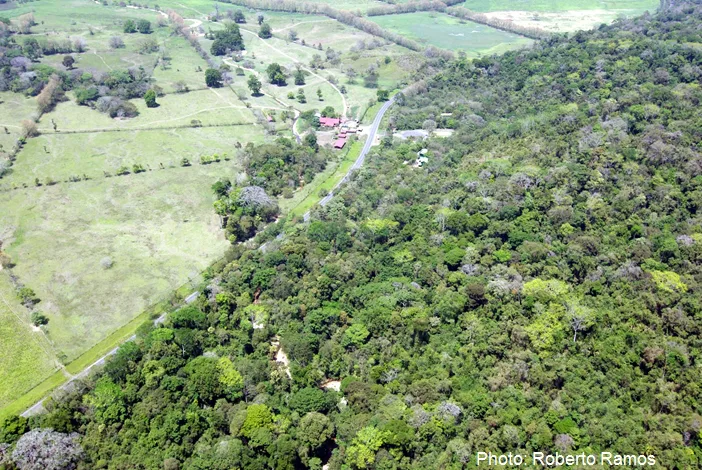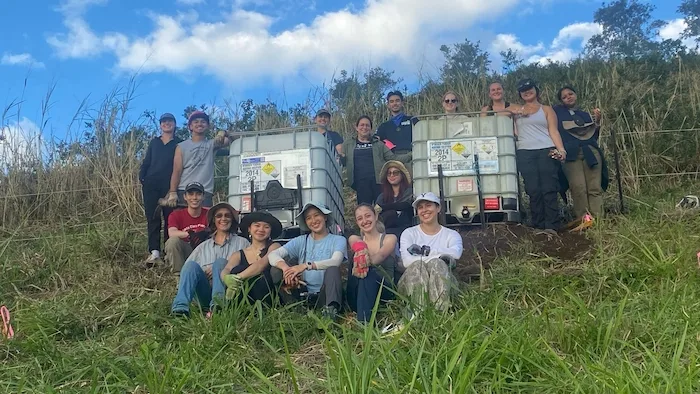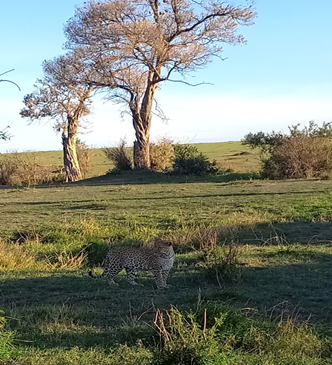Conserving the Natural Soundscape in Protected Areas
The expected natural sounds of a given protected area should be composed of the inherent geophony and biophony sounds. The geophony includes wind, rain, or a flow of a river for example; whereas the biophony includes sounds produced by living organisms. Thus, the composition of the interacting sounds both in time and space form the soundscape.
Protected areas are designed to conserve biodiversity and the different ecological processes in a natural wild area. Costa Rica has set aside a series of protected areas, including national parks that protect 12% of the country’s territory. This category of protection allows tourism visitation with low impact activities such as trail hiking. However, roads limit or bisect some national parks creating negative impacts on their protected habitats. For instance, traffic noise can interfere with the natural sounds thereby degrading the soundscape of a protected area. This is the case of Carara National Park, where the coastal road highway is adjacent to the forest, which can create negative impacts on wildlife.

The focus of our research is to evaluate how road noise affects the natural soundscape of Carara National Park. In our most recent study during spring we found that the average traffic volume was 617 vehicles per hour. However, this volume exceeds 800 vehicles per hour during the weekends. Concomitantly, we found that the average level of traffic noise was 84.1 decibels (dB) at the road; this level decreased to 66.2 dB at 25 meters inside the forest, and to an average of 56.8 dB at 100 meters inside the forest.
Decreasing noise in relation to the distance is an expected phenomenon; however, noise attenuation depends on the density of the forest vegetation. For example, the noise can penetrate with higher levels during the dry season due to a decrease of the foliage by deciduous trees. It is important to mention that the traffic is not constant over time, so that the noise intensity can range from a minimum of 35 dB and a maximum of 92 dB. Another interesting aspect is that the noise varies in intensity depending on the configuration of the road. For example, noise is higher by compressing air brake motors by heavy vehicles when they descend slopes or before a curve.
We generated maps of noise distribution using Geographic Information Systems (GIS) through which we detected how the maximum noise levels mask the natural sound of the geophony, in this case the sound generated by a stream. In addition, we found that bioacoustic time decreases with road proximity, and that the composition of bird species changes closer to the road compared to composition away from the road.
We believe that maximum noise levels along roadsides interferes negatively on the bioacoustics of the species protected by national parks. Thus the conservation of ecosystems must take into account the inherent quality of the sound spectrum in protected areas.
Related Posts

Restoration on a Cinder Cone: A Syntropic Story

Camila Rojas: Alumni Spotlight⭐
